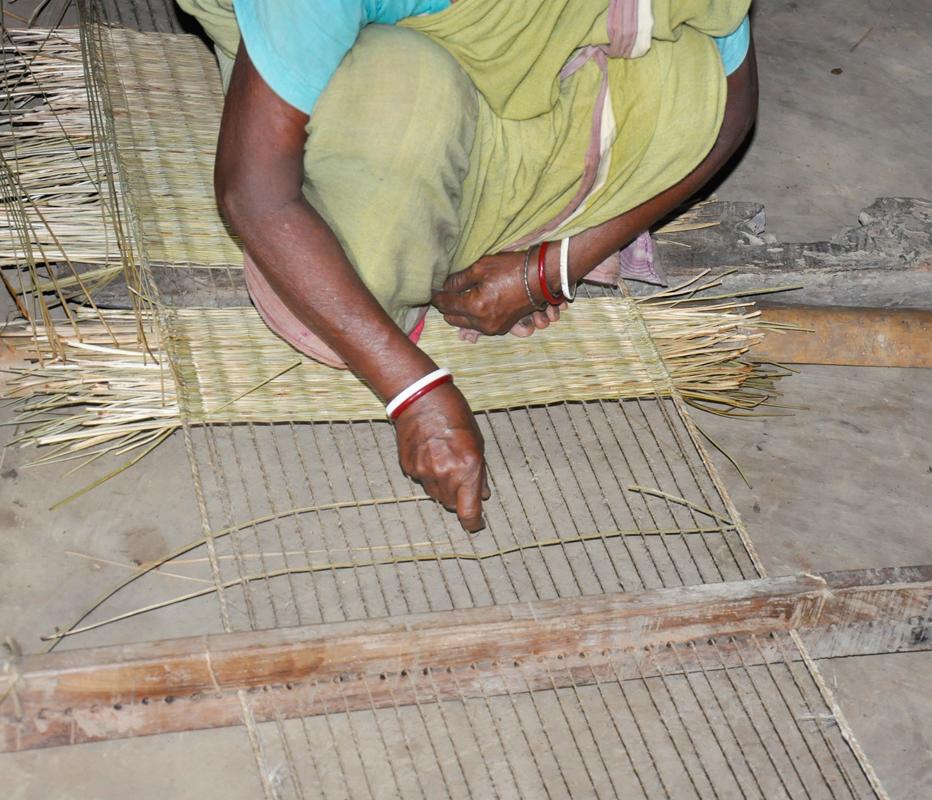
There was a time in Goa when the rhythmic swishing of mats being aired greeted the first light of day. These mats, made from natural reed rushes, symbolized a simpler, more sustainable way of life. Though largely replaced by modern hardwood furniture today, these traditional mats still hold a special place in Goa’s cultural tapestry.
Crafting Mats: A Timeless Tradition
The process of making mats begins with the careful selection of reed rushes, a naturally abundant resource. These reeds are picked, sun-dried to enhance their strength, and woven into simple, flexible sheets. The simplicity of the design belies the skill and effort that goes into creating each mat. People once rolled up and stored these mats easily, transforming rooms into multi-functional spaces and enabling greater adaptability in traditional Goan homes.
A Multi-Functional Marvel
Before the advent of heavy hardwood furniture, mats served as an essential household item in Goan homes. People used them for sleeping, lounging, or even hosting guests. Their flexibility allowed rooms to serve multiple purposes—a luxury often lost with the rigidity of fixed furniture. Their lightweight design and ability to be folded away when not in use made them indispensable in the compact homes of yesteryears.
A Vanishing Craft
Today, the widespread use of modern furniture has led to a decline in the demand for these mat, relegating them to a fading craft. However, dedicated artisans in select areas of Goa still keep this tradition alive. In villages like Mavlinge in Bicholim, artisans practice the labor-intensive art of weaving mats, preserving skills passed down through generations.
Where to Find Goan Mat
For those eager to bring home a piece of Goan heritage, the Mapusa market on Fridays offers a selection of these mats. Alternatively, the remote village of Mavlinge in Bicholim provides an opportunity to connect directly with the artisans and learn about the weaving process. Goans have designed these mats simply, deeply rooting them in the region’s history and sustainable living practices.
Conclusion
Traditional Goan mat represent more than just functional household items; they embody the resourcefulness, adaptability, and eco-consciousness of a bygone era. By supporting the artisans who continue this craft, we honor a unique aspect of Goa’s cultural heritage while embracing sustainable and versatile living solutions.


